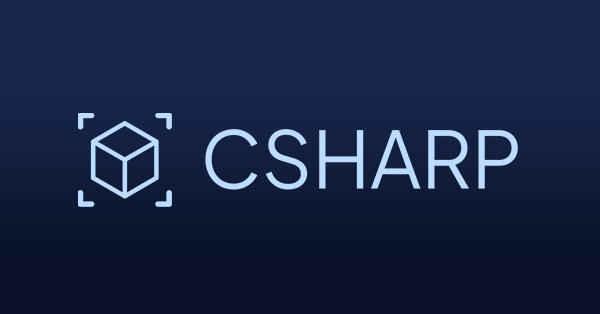Create a notepad that allows the user to write text on the console. For this purpose, the user should be
able to control and track the movement of the cursor. The user can access, add and delete any part of
the text. To add or delete a text, the user can take the cursor to that location (using the arrow keys) and
perform the required operation. The working of the program (i.e. the movement of the cursor, add and
delete operation) must be consistent with the working of the real notepad. However, you do not have
to handle word wrapping.
In addition, the user should be able to save and load the data in a text file using S and L respectively.
The program will automatically save the data in file save.txt, and load the data from the same file.
There is no need to ask the user for the file name. Use Q to quit the notepad. Don’t forget to
implement the destructor.
Internally, the notepad is composed of two-dimensional doubly linkedlist. Its implementation is just
like a doubly linked list with an additional property that it can grow in two dimensions. Since text can
be written on multi lines, each row of the 2D-linkedlist represents one line. Each node contains four
links which it uses to connect to node before, after, below and above it. In addition each node can store
a character.



